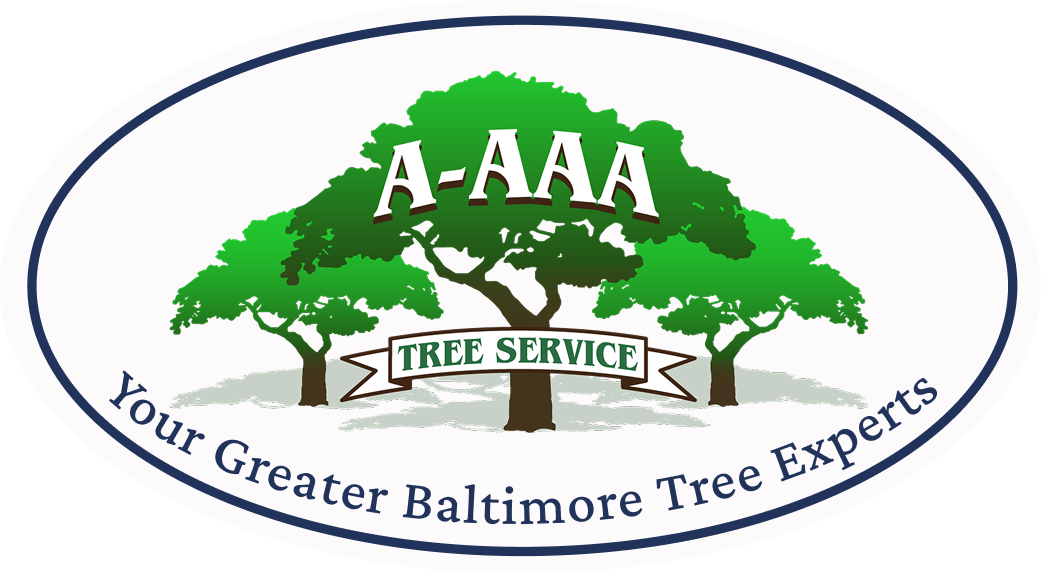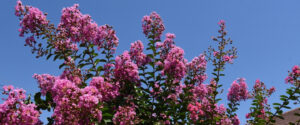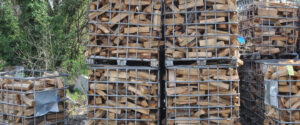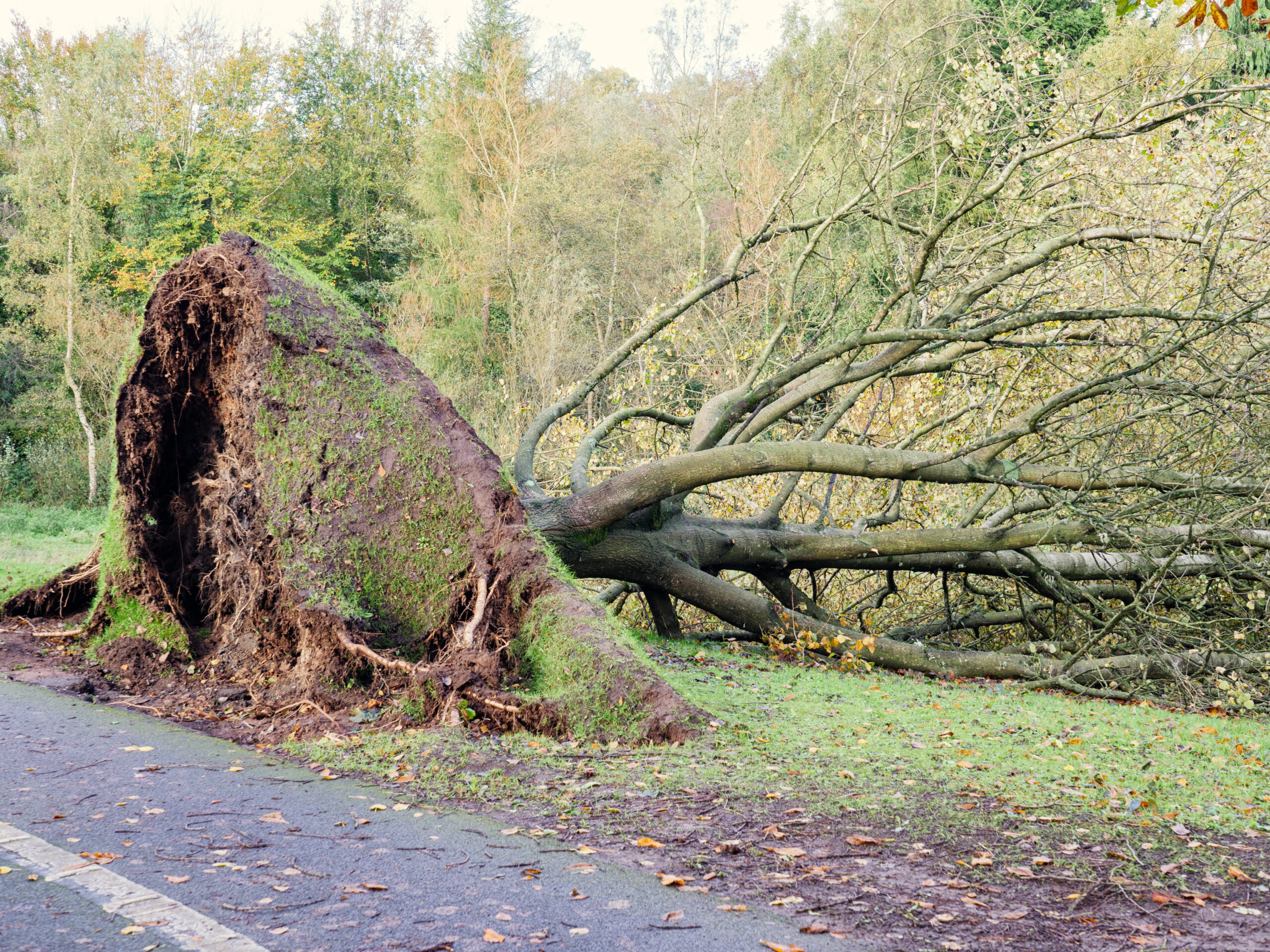Most homeowners know their trees need trimming, but knowing when and how to do it is another story. We’ve seen plenty of well-intentioned DIY jobs that left trees stressed, vulnerable, or struggling to recover. Trimming isn’t just about cutting branches, it’s about knowing what to cut, what to leave, and how to do it safely. Before you grab your shears, here are the common mistakes we’re called in to fix (and why you should leave tree trimming to professionals).
Key Takeaways:
- Removing more than 25 percent of a tree’s branches at once prevents adequate photosynthesis and can severely stress or kill the tree.
- Proper cutting technique is crucial, as improper cuts like lion tailing, mid-branch cuts, stub cuts, and flush cuts can make trees vulnerable to disease, insects, and storm damage.
- Tree topping, which involves cutting most branches above a certain height, causes ugly, rapid growth and often leads to decay, sunburn, and eventually tree death.
- Different seasons call for different trimming approaches; winter for significant trimming during dormancy, spring for after-bloom ornamentals, summer for increasing airflow, and fall for minimal maintenance.
- Regular trimming (every 3-5 years) is essential for tree health, including young trees, which benefit from early structural training to prevent future problems.
6 Tree Trimming Mistakes You Are Likely Making
Trimming looks easy on the surface, but many things can go wrong with the service when you don’t have the expertise to do it. Some of the most common mistakes homeowners make when they trim their trees or hire a disreputable company include:
1. Trimming Too Much at One Time
It’s easy to look up at a big shade tree, see all the branches, and start removing a large portion of them. While you may think you’re shaping your tree or reducing its size, this isn’t necessarily the case. You’re actually killing it.
While trimming is a necessary service, taking too many branches away at one time creates excessive stress. Trees rely on the leaves of their branches to perform photosynthesis and get the necessary nutrients to grow. Trimming too many branches prevents a tree from getting adequate sunlight to support its growth.
While every tree is different, the general rule of thumb is to keep trimming below 25 percent in a single session. However, dead branches don’t count toward this amount, and you should remove any you see to increase safety around your tree and reduce the risk of storm damage.
2. Performing the Wrong Types of Cuts
We see it all the time – trees that were trimmed with good intentions but poor technique. The wrong kind of cut in the wrong spot can lead to long-term damage, decay, and structural weakness. Some of the most common mistakes include:
- Lion Tailing: This involves removing most of the inner foliage of a tree so that all of the leaves end up at the end of the branch (and resemble a lion’s tail). These trees are more likely to break in a storm.
- Mid-Branch Cuts: Branches should always be cut back to a natural junction. Random cuts in the middle of a branch leave stubs that won’t heal properly and invite pests or disease.
- Stub Cuts: If you’re removing an entire branch, it should be a clean cut – no stub left behind. Stubs decay over time and become entry points for insects.
- Flush Cuts: A proper cut will leave the branch collar intact, allowing the tree to compartmentalize the damage. If you cut a branch flush with the trunk, you’ll expose the inner wood of the tree to insects and diseases.
Professionals avoid these mistakes by understanding exactly where and how to cut. Every cut has a purpose – whether it’s to reduce weight, shape the canopy, or improve the tree’s structure. It’s not guesswork, it’s experience and training.
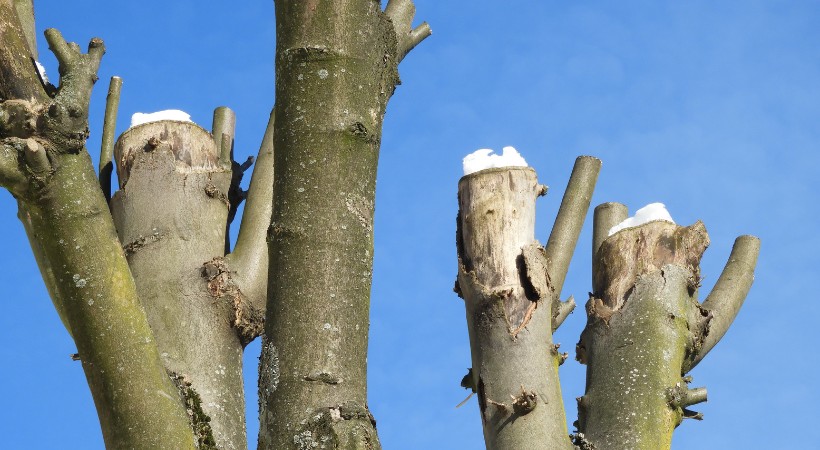
Tree topping will leave your tree looking ugly like this one and will likely kill it.
3. Topping a Tree
Tree topping is an incredibly stressful practice that too many homeowners still choose to do on their property. Topping involves cutting most or all of the branches of a tree above a certain height in an effort to make it smaller.
It also causes a tree to resort to survival methods to recover from the damage. They will put out lots of ugly, rapid growth to try to replace the leaves they lost. Topping may also cause decay or sunburn in the tree. Ultimately, the process will likely result in its demise and necessitate a costly removal.
4. Trimming With the Wrong Goal for the Season
While you can trim your trees in any season, you should keep realistic goals for what the service will accomplish. Trimming during a tree’s dormancy in the winter differs from doing it in the summer with a tree fully leafed out.
The goals for trimming in each season include:
- Winter: Winter is the perfect time to do significant trimming to your trees while they are dormant. Dormant trimming allows your trees to heal from cuts before the summer when insects are most active.
- Spring: Trimming in the spring is perfect for flowering ornamentals after they finish blooming. Trimming ornamentals in the winter removes the buds of the flowers and will lead to poor aesthetics.
- Summer: Summer allows you to see your tree fully leafed out. This will enable you to make informed decisions about trimming branches to increase airflow and light penetration.
- Fall: Before a tree enters dormancy, you’ll want to keep any trimming light, limited to removing dead, diseased, and damaged branches.
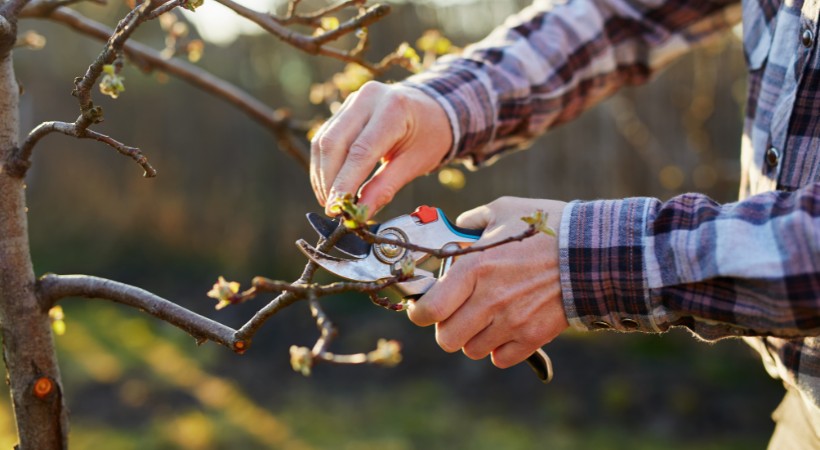
Regularly trimming young trees can help shape them and prevent the development of poor structure.
5. Ignoring Young Trees
When looking at what to trim, many homeowners immediately turn toward their mature trees and ignore their young ones. However, trimming your young trees can significantly impact their development.
“Regularly trimming a young tree can train it to grow a certain way. You can prevent a tree from developing problems like multiple trunks or weak branch unions with the right technique. Don’t ignore your young trees when it comes time to trim.” – Zach Riley, A-AAA Tree Service Licensed Tree Expert
6. Neglecting to Trim Regularly
After trimming your trees for the first time in a long time, you may feel accomplished and like you’ve done your due diligence for your trees. However, your work has just begun.
Trees benefit from regular trimming, typically once every 3-5 years, depending on the condition and species. An overgrown tree may require more frequent work until it returns to a reasonable size.
If you aren’t sure how often you need to service your tree, talk with a Licensed Tree Expert.
Frequently Asked Questions About Tree Trimming Mistakes
Trimming is a vital service that we provide and one that many homeowners don’t know enough about. To help educate you, we’ve answered some common questions homeowners have about it.
How do you cut large branches without damaging a tree?
Cutting a large branch with one cut can lead to it tearing off bark and damaging the tree. Instead, use the three-cut method that involves using an undercut to prevent a large branch from ripping.
How do I know when a tree needs a trim?
Some of the common signs your trees need trimming include:
- Broken branches
- Diseased branches
- Branches growing into structures or utility lines
- Storm damage to your tree
Is trimming large trees dangerous?
Yes, trimming large trees is dangerous, especially when working at height or with heavy branches. Falls and falling limbs are real risks, even for experienced crews. That’s why we strongly recommend hiring a professional tree service with Licensed Tree Experts on staff. They use the proper equipment and follow proven safety practices to get the job done without putting anyone (or your property) at risk.
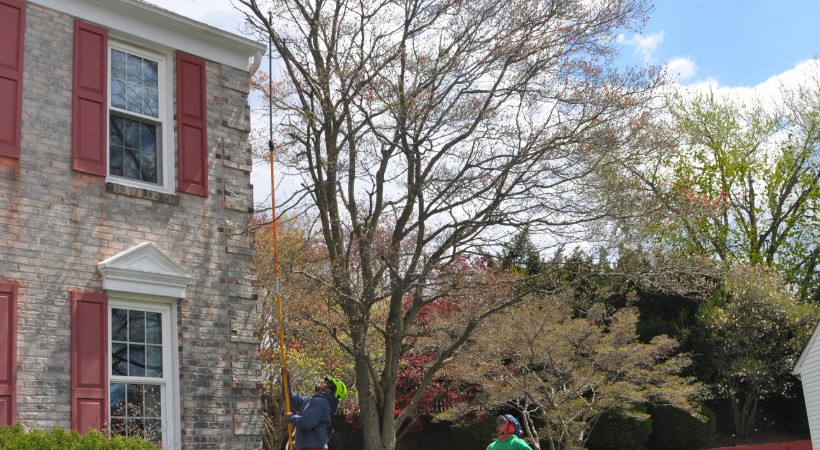
Trust the Team That Knows When, Where, and How to Trim
There are many pitfalls that are easy to fall into when it comes to trimming trees. Doing the job at the wrong time or with the wrong techniques can be disastrous. At A-AAA Tree Service, we don’t guess. Our team includes Licensed Tree Experts who know exactly what your trees need to stay healthy, safe, and looking their best.
Call us today at 410-321-0921 or request an estimate online.
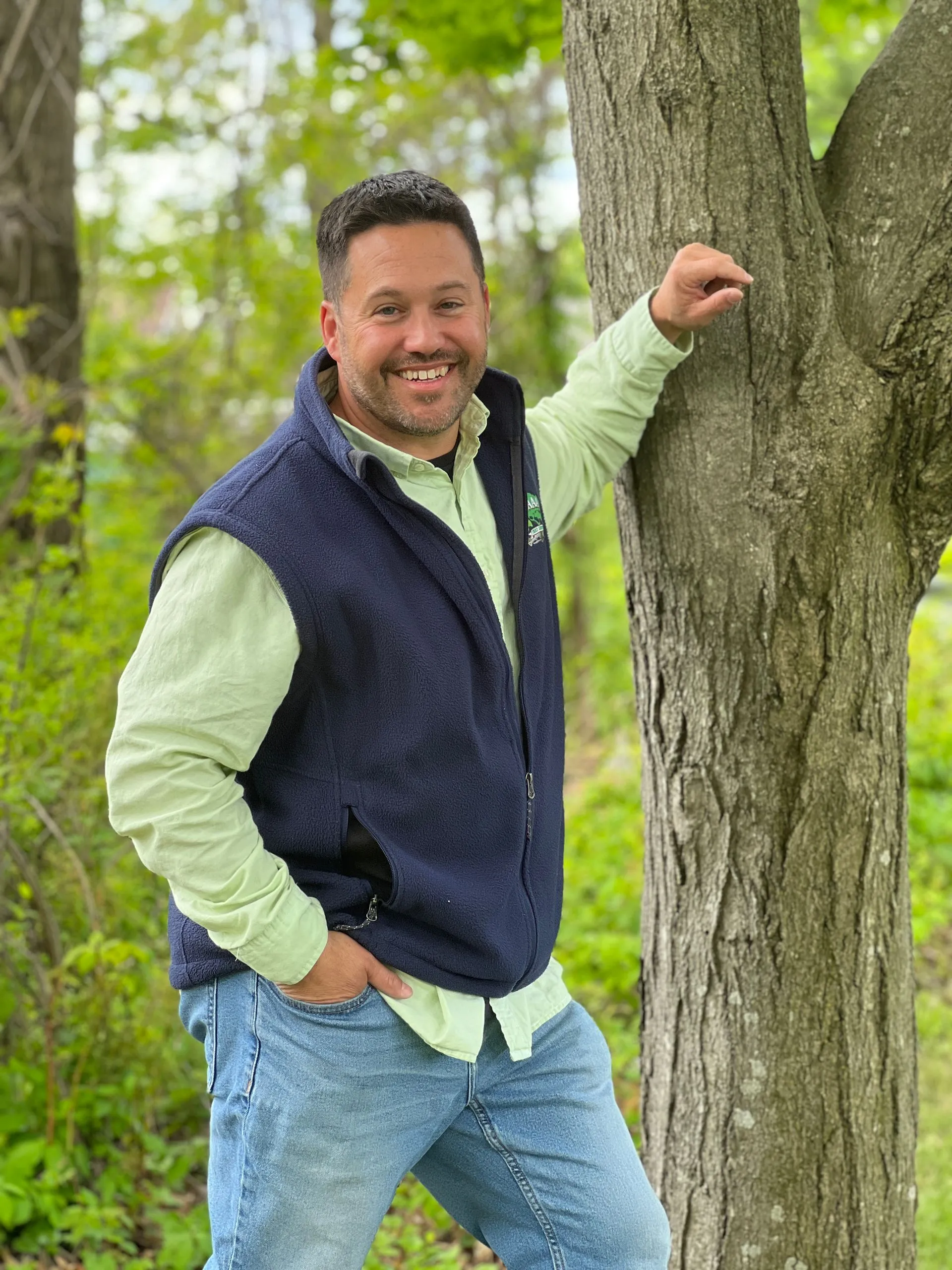
Andrew Senker got his first chance at management in 2003 when he started an IT consulting company that worked with some of the largest banks in the world. After 7 years with the firm, he transitioned to the wireless sector for 13 years, lending his expertise and ability to manage people and projects. In 2022, he purchased A-AAA Tree Service, determined to bring his knowledge to the tree service industry.
Related Articles
Baltimore’s Guide to Winter Trimming for Magnolias, Dogwoods & Other Flowering Trees
Your flowering trees are already deciding how they’ll bloom next spring. Winter trimming in Baltimore helps turn weak blooms into a full, vibrant show.
Tree Trimming Costs in Baltimore: 8 Factors That Affect Your Quote
Wonder why your neighbor’s tree trimming quote was lower? From city permits to tricky yard access, see what really drives pricing in Baltimore.
6 Reasons Why Buying Local Firewood Protects Trees and Communities
Learn why Baltimore County residents choose local firewood delivery to protect against invasive species and support the local economy.
